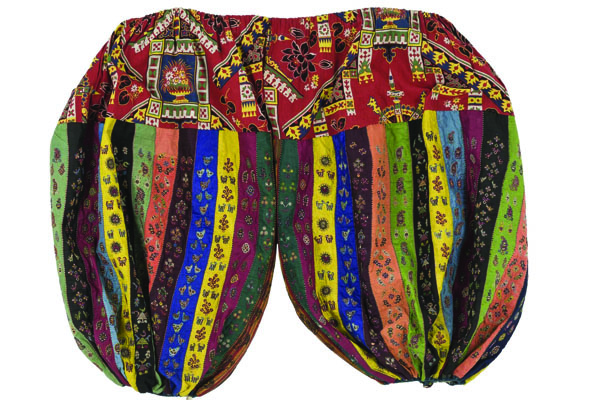Arts & Culture
Zoroastrian Culture
It is with the guiding principles of ethics that the Zoroastrian doctrine developed a culture, a culture based on knowledge, order, participation, cooperation, federation, alliance, and devotion. We see it in bloom when Cyrus the Great and Darius formed the Achaemenid Empire in 550 – 331 BCE. The Zoroastrian ethics and culture should be acknowledged as the jumpstart of the civilization we all enjoy in the East and the West. Let the Zoroastrian ethics and culture continue to contribute to the harmony among nations and religions.
The two distinctive contributions of the Parsis of India was the silk brocade, Tanchoi and the Gara, the Chinese embroidery. Tanchoi was a silk satin brocade introduced by three (tan) Joshi brothers, who learnt the skill in China and introduced it in Surat. The Gara was the embroidered Chinese Silk which was introduced by the Indian Parsis, who traded with China in the 18th century AD. Gold embroidery on velvet was introduced by the Parsis for special occasions, which was developed by the Parsi community’s trade contacts with China.
Parsi Textiles

Gara Saree
The word ‘Gara’ in Parsi refers to the embroidery technique used to create intricate designs on fabric. The embroidery technique involves the use of silk threads and the designs are typically floral featuring intricate patterns and motifs.
The Parsi Gara embroidery technique was initially used to create bridal trousseaus, but it eventually evolved to include a wide range of garments, including Sarees, Salwar Kameez and dresses. The desings are inspired by Persian motifs but the use of vibrant colours and the inclusion of local flora and fauna are distinctly Indian.
Gara embroidery is a dying art. Efforts are being made to preserve this art and artisans are being trained in the technique and initiatives are in place to promote the art form and make it more accessible to the wider audience.
In conclusion, Parsi Gara embroidery is a beautiful and intricate art form that reflects the cultural fusion that took place in India. It is a testament to the rich cultural heritage of Parsi community and a reminder of the importance of preserving traditional art forms.
Jhabalu


Paghdi & Pheto
Every picture of Parsis right up to early 1950’s, saw the men with headgear. Mostly the Paghdi and Pheto adorned the crown of every respectable Parsi gentlemen. Sadly the headgear is now worn on ceremonial occasions such as Navjotes or Weddings.
Topi
Parsis like many Indian Communities wear Topis for formal occasions like ceremonies and weddings or even to denote their social standing.
Lately, Topis are embellished using Zardori embroidery using gilt thread or gold and silver wire, which are very expensive and time consuming.


Sadra
The ‘Sadra’ or ‘Sudreh’, a blouse of fine cotton is worn under their clothes by men and women and is an essential part of the dress of every Zoroastrian along with the ‘Kusti’ or ‘Kasti’, the sacred cord with which they gird themselves.
The ‘Sadra’ or ‘Sudreh’ has a small pouch in front, meant to collect good deeds of the wearer.
Kasti‘
Kasti’ or ‘Kusti’ is a sacred cord made from lamb’s wool. It consists of 72 threads symbolising 72 sections of the ‘Yasna.’ At the end of the ‘Kasti’ are three tassels, which represent the 24 sections of ‘Visperad.’ The three ‘Tiris’ on the ‘Sudreh’ instruct Zoroastrians to live life in harmony and take care of nature’s creations


Iranian Trouser
Traditional Iranian Trousers Worn by women
Iranian ladies in Iranian dress
Iranian ladies in Traditional dress


Navjote Vago
Navjote Vago with the embroidered shawl, lenga, topi and sapat for boys and girls
#Header image credit to Ashdeen Lilaowala.
